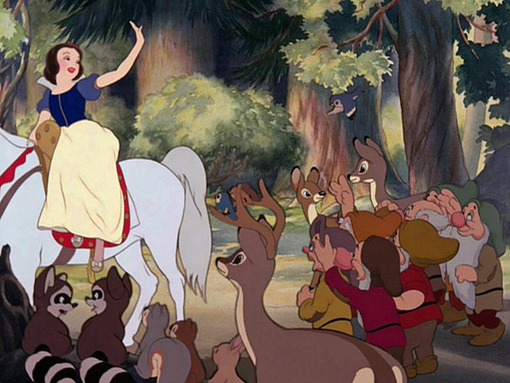View image Richard Harris as one version of Dumbledore, from “Harry Potter and the Sorcerer’s Stone.”
First, let’s get the quote right. When asked if the “Harry Potter” series character, Prof. Albus Percival Wulfric Brian Dumbledore, a proponent of love as a power in the universe, had ever been in love himself, author J.K. Rowling said last week: “My truthful answer to you… I always thought of Dumbledore as gay.”
That’s what started the whole rumpus, which Kristin Thompson analyses in splendid detail at “Observations on film art and ‘Film Art’.” I am particularly impressed by her post because I found it fascinating reading, even though I’ve never read a “Harry Potter” book or seen one of the movies.
Note that Rowling did not say Dumbledore was gay. She was explaining how she had always thought of the character she created, “probably before the first book was published.” As Thompson reports, Rowling also said in a 1999 interview: “I kind of see Dumbledore more as a John Gielgud type, you know, quite elderly and — and quite stately.” If I may resort to an idiomatic expression: Hello!?!?!
View image Kirk and Spock (or is it Denny Crane and Alan Shore?) from some “PG-13-rated” K/S fanfiction art: “The Ahn-Woon” (AU Amok Time koon-ut-kalifee kissing), by Gwenaille.
There was no uproar over the Gielgud remark. Others, it seems, had come to think of Dumbledore as more of a Richard Harris type and then a Michael Gambon type, although the movie role had originally been offered to Patrick McGoohan. But her point was that Dumbledore and his best friend Grindelwald had been in love, until the latter became his mortal enemy.
Last weekend, in a discussion about the work of David Cronenberg at the Frye Art Museum in Seattle, I recalled that when Cronenberg’s “The Fly” was released in 1986, it was widely interpreted as a metaphor for AIDS, and the pain of watching a loved one’s body and mind ravaged by disease and transformed into something Other than what they once were. But, after the movie came out, Cronenberg said he’d thought of it simply as a metaphor for getting old, for the degenerative, transforming process of aging. Time and physicality themselves are the autoimmune virus, something to which none of us can develop a resistance.
Does that mean “The Fly” is about aging and not about AIDS? No. Cronenberg, like Rowling, was simply describing his thoughts during the process of creating the work in question.
It is the nature of serial fiction to create a world and let its characters move around in it, while leaving much of what happens to them off-page or off-screen, where we are encouraged to imagine them leading lives beyond what we actually witness as readers or viewers. Indeed, it’s essential to the living illusion of the fantasy that we envision characters going about their business between scenes, and not just waiting around off-stage to make their entrances.
As Rowling said of the intense soul-mate relationship between the young Dumbledore and Grindelwald: “It’s in the book. It’s very clear in the book. Absolutely. I think a child will see a friendship, and I think a sensitive adult may well understand that it was an infatuation. I knew it was an infatuation.” Remember, too, that we’re talking about a British boys’ school here, a place where intimate same-sex relationships are supposedly as commonplace as schoolbooks.
So it’s not like Rowling just made this up last week and then tried to slap it onto her seven-book series retroactively….
December 14, 2012




